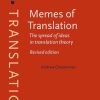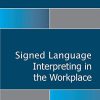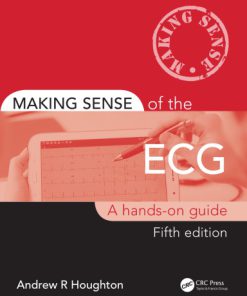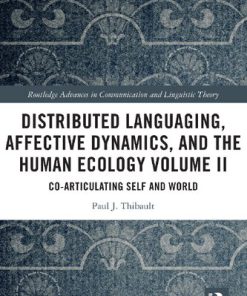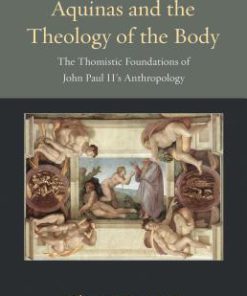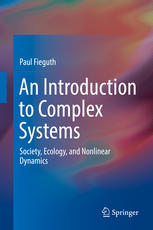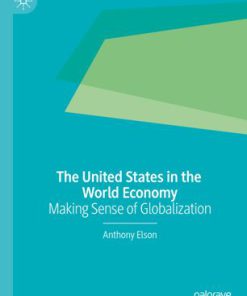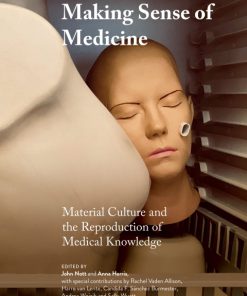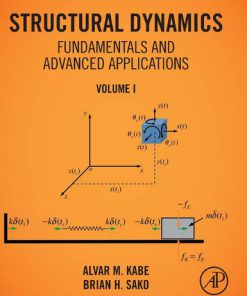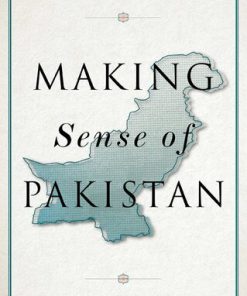Distributed Languaging Affective Dynamics and the Human Ecology Volume I The Sense Making Body 1st edition by Paul John Thibault 0815379536 9780815379539
$50.00 Original price was: $50.00.$25.00Current price is: $25.00.
Distributed Languaging Affective Dynamics and the Human Ecology Volume I The Sense Making Body 1st edition by Paul John Thibault – Ebook PDF Instant Download/DeliveryISBN: 0815379536, 9780815379539
Full download Distributed Languaging Affective Dynamics and the Human Ecology Volume I The Sense Making Body 1st edition after payment.
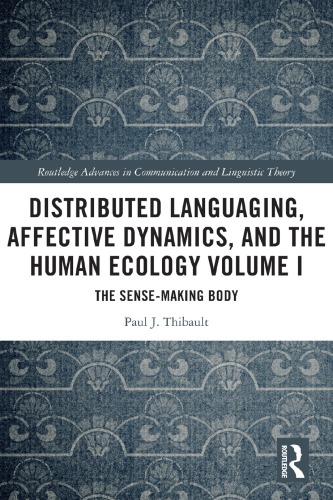
Product details:
ISBN-10 : 0815379536
ISBN-13 : 9780815379539
Author: Paul John Thibault
Language plays a central role in human life. However, the term ‘language’ as defined in the language sciences of the 20th century and the traditions these have drawn on, have arguably, limited our thinking about what language is and does. The two inter-linked volumes of Thibault’s study articulate crucially important aspects of an emerging new perspective shift on language – the Distributed Language view – that is now receiving more and more attention internationally. Rejecting the classical view that the fundamental architecture of language can be localized as a number of inter-related levels of formal linguistic organization that function as the coded inputs and outputs to each other, the distributed language view argues that languaging behaviour is a bio-cultural organisation of process that is embodied, multimodal, and integrated across multiple space-time scales. Thibault argues that we need to think of human languaging as the distinctively human mode of our becoming and being selves in the extended human ecology and the kinds of experiencing that this makes possible. Paradoxically, this also means thinking about language in non-linguistic ways that break the grip of the conventional meta-languages for thinking about human languaging. Thibault’s book grounds languaging in process theory: languaging and the forms of experience it actualizes is always an event, not a thing that we ‘use’.
Distributed Languaging Affective Dynamics and the Human Ecology Volume I The Sense Making Body 1st Table of contents:
1 Value
1. Extensive and Intensive Properties: Living in Zones of Intensity
2. The Emergence of Co-Articulated Phonetic Gestures: A New Layer of Complexity
3. Extensive Products, Intensive Flows, and the Two Orders of Language
4. Stratifying the Organs-Body-Organism-Person System as the Locus of Human Languaging
5. Value Gradients, Intentional Dynamics, and Grammar Order Parameters: A Specification Hierarchy of Languaging
6. Buying and Selling in a Greengrocer’s Shop: Zone of Intensity Example 1
7. Affective Sense-Making: A Visceral Language Science of Blood, Guts, Sweat, and Tears
8. A Wall Street Financial Market in Meltdown: Zone of Intensity Example 2
9. Languaging as Caring and Minding and En-Minding of Others: Zone of Intensity Example 3
10. Conclusion
2 Flow
1. Transcending the Duality of Form and Substance: The Sociality of Human Biology and the Organic Basis of Human Sociality
2. Linguistic Work: Unifying the Formal-Informational and the Material-Energetic Aspects of Languaging
3. Humans are Biocultural Becomings
4. The Person-Organism as a Lifeline of Movement, Growth, and Becoming
5. Respiration, Languaging, and the Flow of the Living
6. Infant Babbling and the Zone of Interpenetration: An Example of Co-Construction and Co-Development in an Episode of Infant–Mother Mutual Attunement
7. The Media, Substances, and Surfaces of Linguistically Structured Vocal Tract Action
8. The Systems of the Human Voice: An Integrative View
9. The Systemic Relationality of Human Biocultural Becomings
10. The Organism-Person: Re-Thinking Endogenous and Exogenous Dynamics
3 Melody
1. Languaging within the Ethiosphere
2. The Feeling of Languaging
3. The Body’s Tactile-Kinaesthetic Melodies
4. Freeman’s Neurobiology of Meaning and the Self’s Intentional Structures: Leaning into the World with the Body’s Melodies through Assimilation and Cooperation
5. Knowledge Is Brought forth in Movement: Merleau-Ponty’s Account of Kinetic Melodies
6. Luria’s Account of Kinetic Melodies of Enskilment
7. Three Dimensions of Melodies of Expressive Movement: The Kinematic, the Energetic, and the Physiognomic
8. Three Dimensions of Expressive Melodies of Movement: An Analysis of a Wordless Narrative between Father and Pre-Linguistic Infant
9. Micro-Temporal Phases in an Episode of Infant–Mother Interaction: Concerted Rehearsal and the Orientation to Social Norms
10. Biological Agency and Lived Full-Bodied Sense-Making: Susan Stuart’s Theory of Enkinaesthesia
11. Kinetic Melodies as Forms of Engagement
12. The Fracturing of Melody and the Collapse of Empathy: Disintegration of a Dialogic System
13. Mood, Kinetic Melodies, and the Musicality of Languaging
14. Pico-Scale Voice Dynamics
15. The Musicality of Languaging
16. Imitation, Entrainment, and the Musicality of Languaging
17. Conclusion
Notes
4 Sense-Making
1. Languaging and Sensory-Kinetic Experience
2. Knowing Levels and the Emergence of Lexicogrammar
3. Submorphemic Markers and Sensory-Kinetic Experience: Embodied Self-Utterance-Environment Dynamics and the Emergence of Levels of Self-Reflective Abstraction in Languaging
4. Knowing Levels: From Embodied Interactivity to Lexicogrammar
5. Knowing Level 4: Explicit Pointing to and Explicit Naming in Lexicogrammar
6. Lexicogrammatical Constraints and Enablements in the Flow of Languaging
7. The Flow of Languaging: An Example
8. Lexicogrammatical Selection Pressures: Extending the Lexical Range of Grammatical Pattern
9. Sense-Making and the Convention-Constituting Capacities of Languaging
10. The Situation-Transcending and Bodily-Grounded Properties and Functional Capacities of Lingu
People also search for Distributed Languaging Affective Dynamics and the Human Ecology Volume I The Sense Making Body 1st:
affective language definition
affective language area
affective linguistic cognitive
distributed language group
e-dynamic learning
Tags: Distributed Languaging, Affective Dynamics, Human Ecology, The Sense, Paul John Thibault
You may also like…
Medicine - Cardiology
dictionaries & phrasebooks
Religion & Spirituality
Mathematics - Dynamical Systems
Politics & Philosophy - International Relations
Uncategorized
Engineering
Politics & Philosophy - Government & Politics
Making Sense of Pakistan 1st edition by Farzana Shaikh 9780190929114 0190929111


